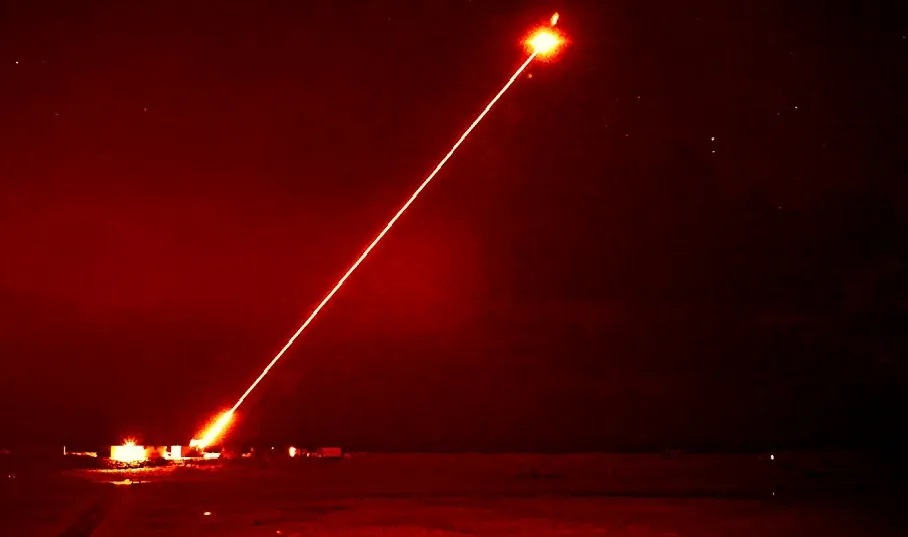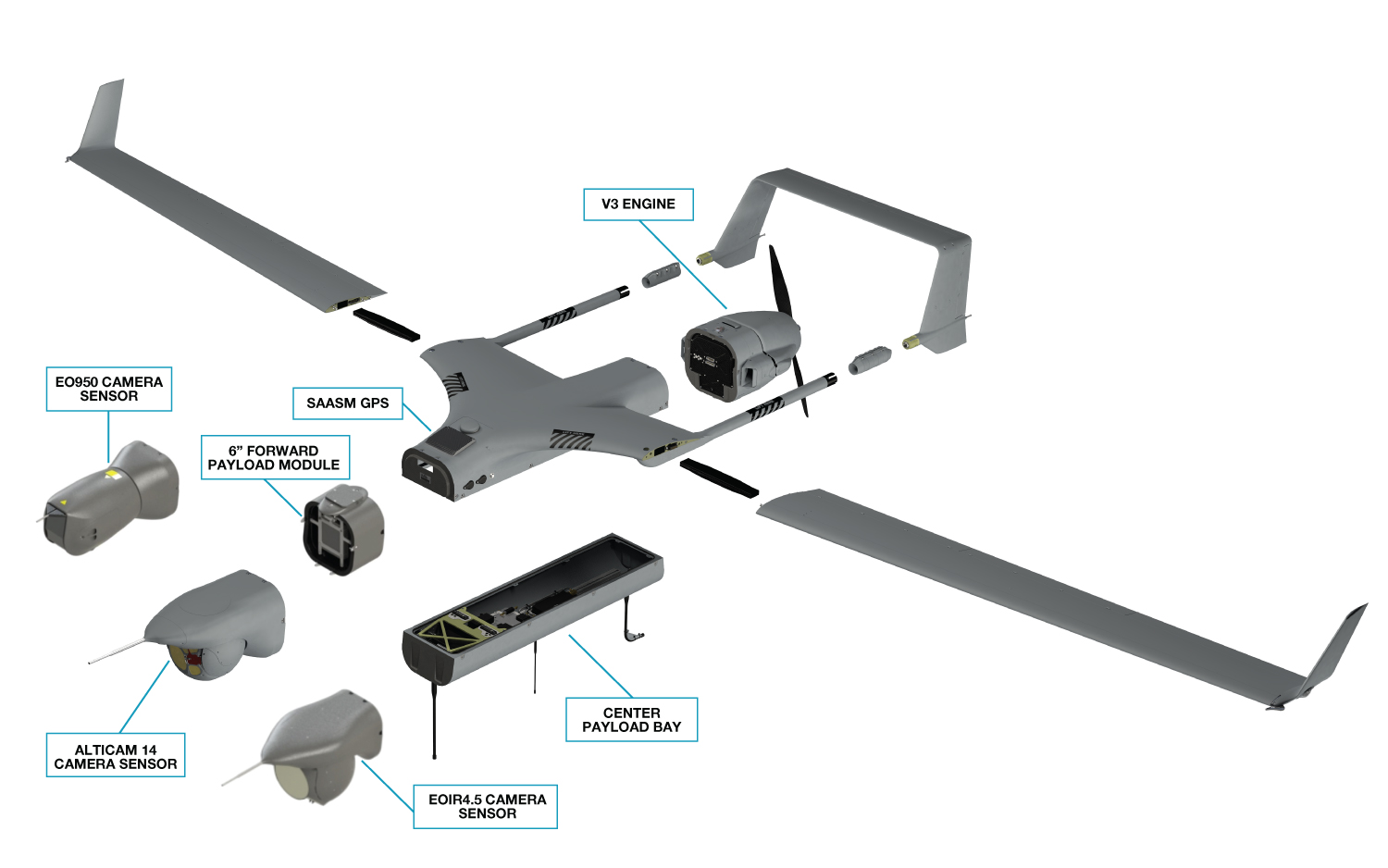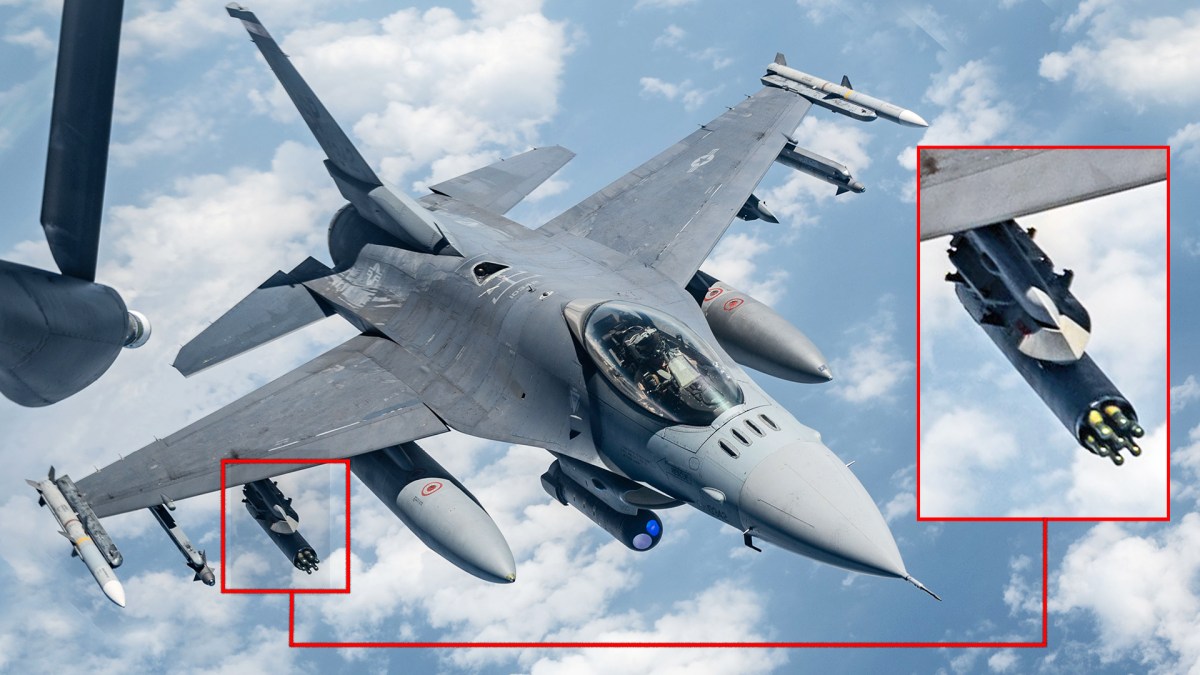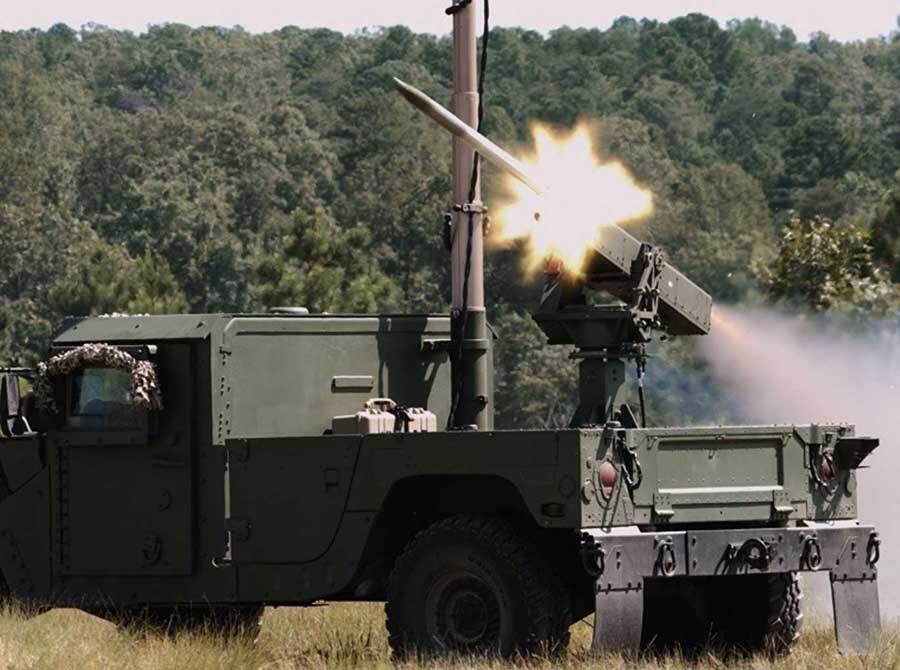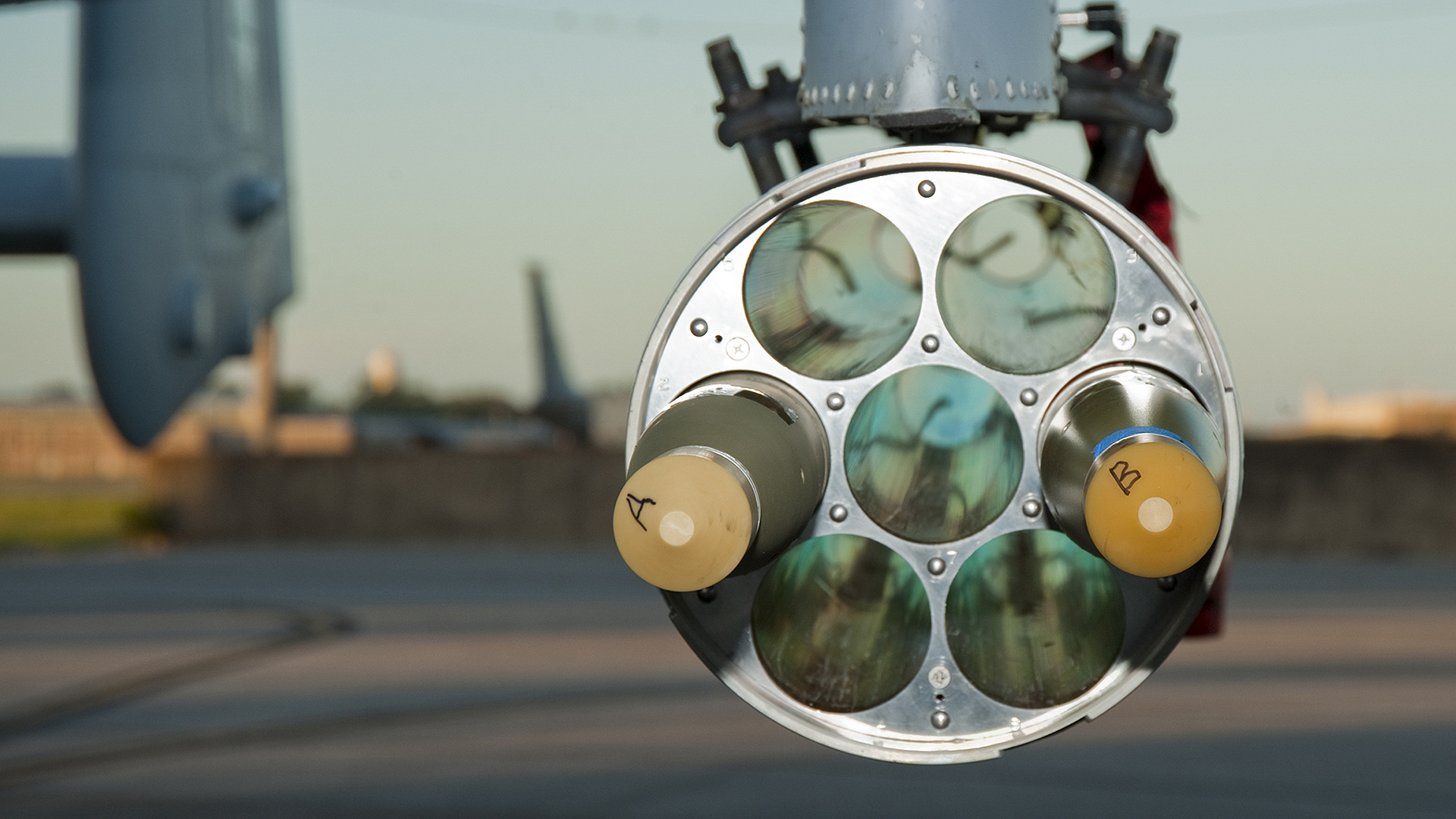- Reaction score
- 11,888
- Points
- 1,160
Alert is a massive target, with zero support close by. In reality, I suspect Alert will be abandoned and flipped to "auto" as soon as a realistic threat in the arctic shows up.
Have you ever even been to Alert in peace time to see how remote it actually is? It's about as remote as anyone can get in the northern hemisphere... You don't plan to fight from your remote listening posts.
Why wouldn't you if it gained you an extra extra thousand or so kilometers of range?
The Ukrainians were all about artillery raids in 2022. Pushing their guns as far forward as possoble for a shoot and scoot. And the USMC is practising artillery raids with C130s delivering HIMARS trucks to Pacific islands (with no infrastructure) to launch PrSMs and then flying out immediately.
What could be done with C130s and HIMARS at Thule?.



